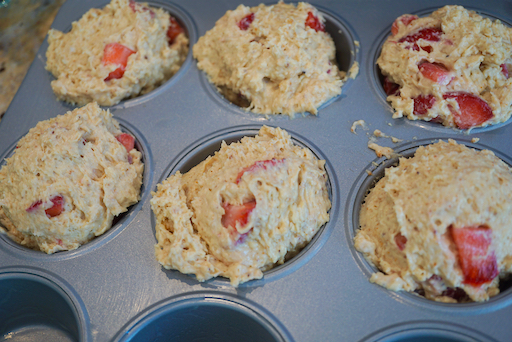I thawed a block "saku" of low-grade yellowfin tuna sashimi. As usual, I tried to make some variation dishes. First I made "zuke" marinated tuna cubes with avocado very similar to one I posted. The second dish was imitation "negitoro " ネギトロ. These two dishes are very good with cold house sake "Tengu-mai" 天狗舞大吟醸. The third dish I made was tuna cutlet マグロカツ. I gave a twist to this dish by making a red wine miso sauce and serving it with our relatively new house red wine DAOU Vineyards “Pessimist” Red Blend 2018. I saw the sauce recipe in a digital version of the Japanese newspaper “Asahi “ 朝日新聞. The recipe was written by a sommelier. It is a reduced red wine with miso and he claimed that, with this sauce, the food will go well with red wine. He also suggested fried food would be the best with this sauce. I served tuna cutlet with this sauce accompanied with cucumber and cabbage “asazuke” 浅漬け as well as the cauliflower I usually make and skinned Campari tomato.
The reason I made this sauce was because one of the bottles of red wine we opened recently had a bit of a musty taste/oder and we decided not to drink it. It was not corked but somehow the handling was not right since other bottles of the same wine were ok. Also we have had this wine so many time in the past with no problems. In any case, I used a portion of this wine to make a chicken liver dish, a stew of leftover barbecued chicken, and this red wine miso sauce to finish the bottle. Once cooked, the wine lost its mustiness.
IngredientsRed wine 200 ml
Red miso 2 tbs (I did not have red miso 赤味噌 and used “awase” miso 合わせ味噌)
Mirin 2 tsp
Rice vinegar 2 tsp
light colored soy sauce 2 tsp
Honey 2 tsp or more to taste
Reduce the red wine in half, dissolve the miso and add other ingredients and adjust sweetness to your liking by adding more honey.
I added more honey than indicated. I had to strain the sauce since it developed some sediments (due to vinegar?). I served it on the fried tuna and the fried taste completely dominated. We actually couldn’t taste the sauce at all. My wife, who never skimps when it comes to the application of sauces actually took to soaking her pieces of tuna in the sauce and said she still couldn’t taste it. Finally, in desperation she slurped it with a spoon and conceded it tasted very nice. I would have expected to at least taste the miso flavor but it was completely muted. I am not sure this may have been because I did not use red miso. In any case, this sauce did not have much flavor but we enjoyed the tuna cutlets with red wine. Since more sauce is left, I may add more miso to see if that will improve the flavor.























